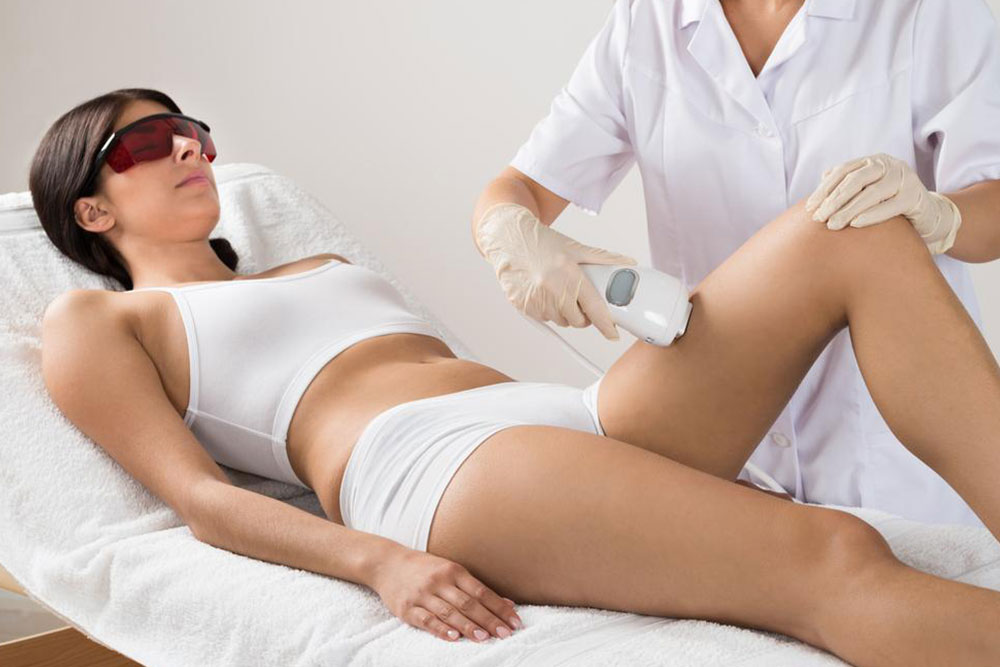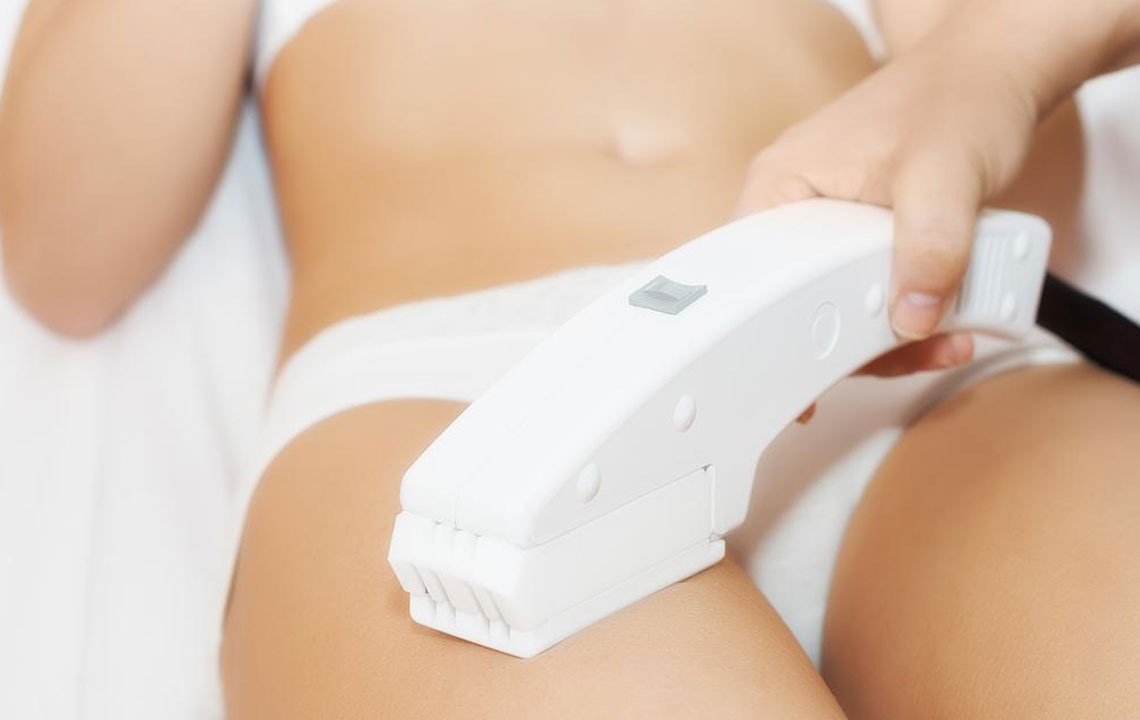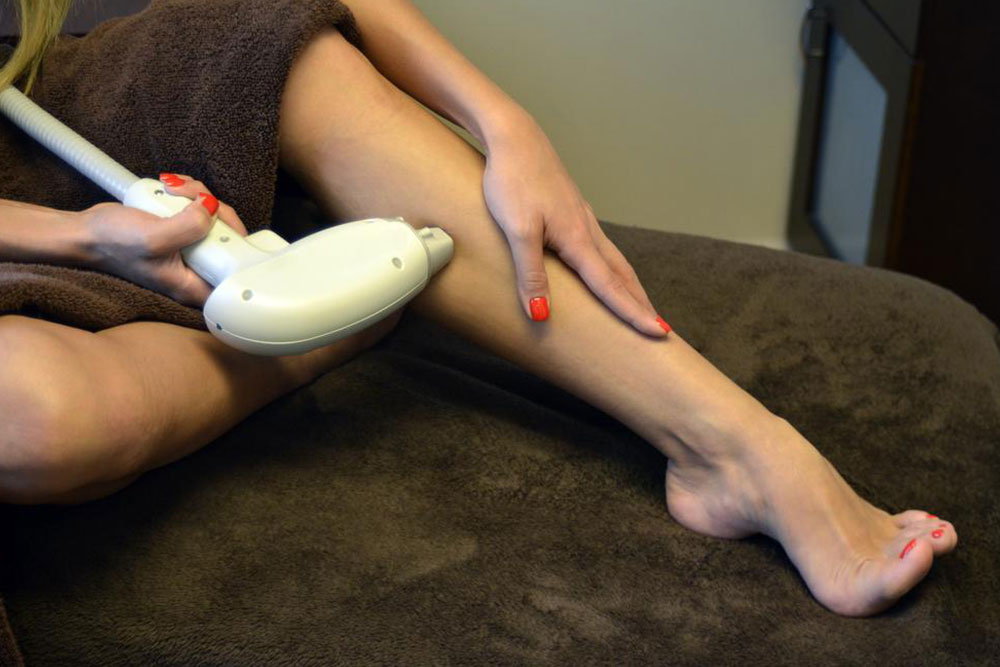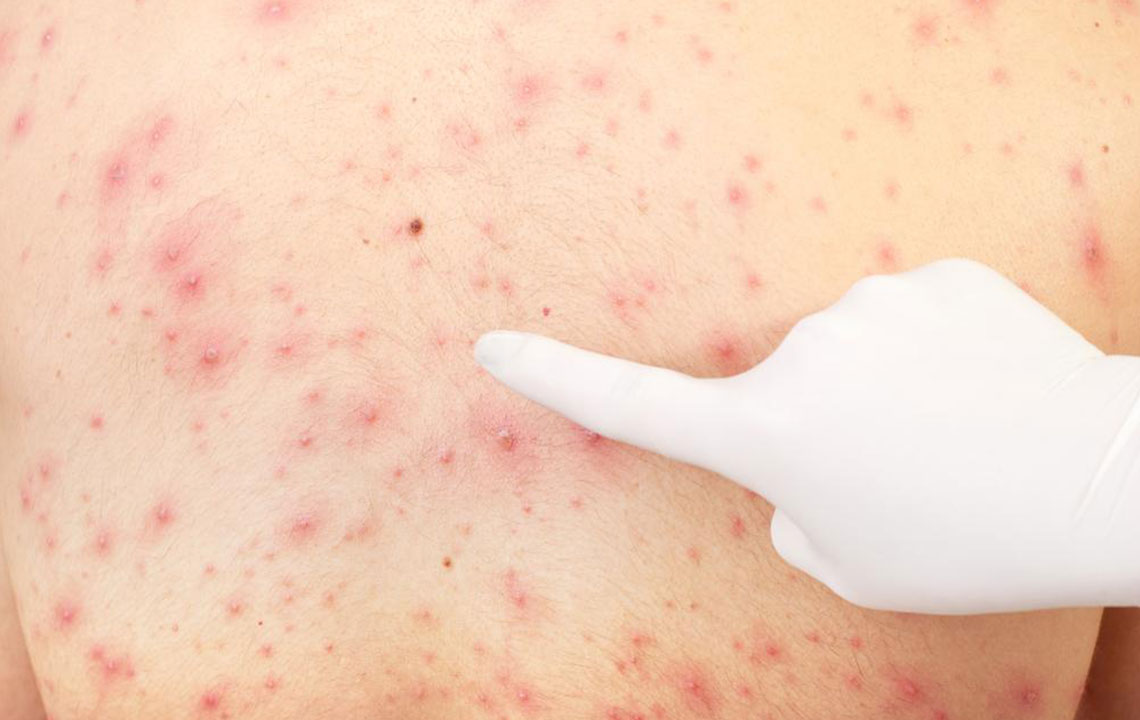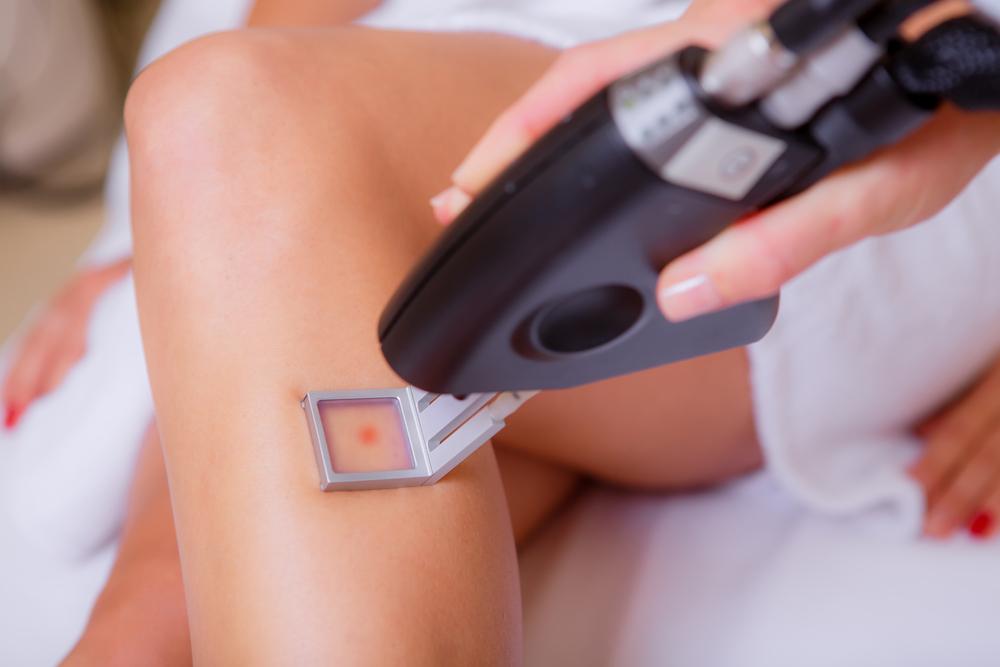Understanding and Managing Ingrown Hair: Causes and Solutions
Learn about the causes of ingrown hairs and discover effective treatments and preventive strategies. This comprehensive guide covers common triggers, home remedies, and professional options to manage and prevent ingrown hairs, ensuring healthier skin and fewer bumps. Ideal for anyone dealing with persistent ingrown hairs, especially after shaving or waxing, and seeking safe, practical solutions to improve skin appearance and comfort.
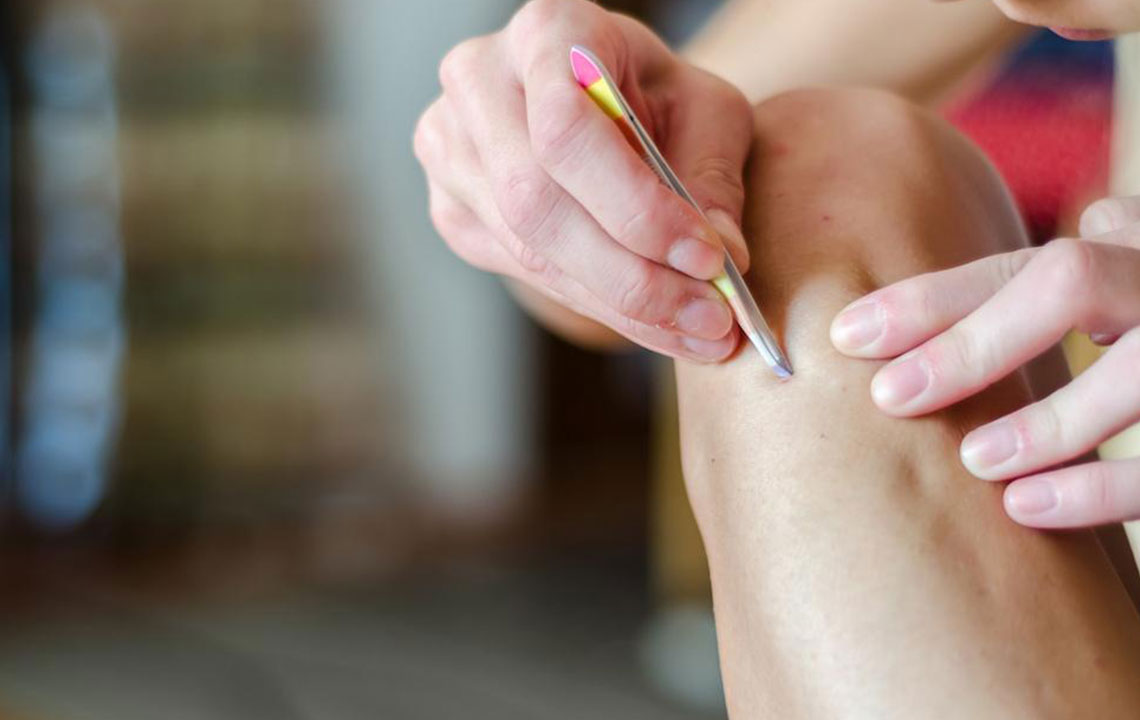
Understanding and Managing Ingrown Hair: Causes and Solutions
Ingrown hairs occur when hair curves back into the skin instead of growing outward, causing bumps and irritation. While generally harmless, they can be unsightly and uncomfortable. Commonly appearing on the face, neck, legs, armpits, and pubic area, ingrown hairs are especially frequent in people with thick, curly hair. They are often triggered by shaving, waxing, or plucking, which can irritate the skin and trap hair beneath the surface.
Causes of Ingrown Hair
Factors leading to ingrown hairs include excessive oil buildup in hair follicles and using very sharp blades. Other causes involve skin dehydration, which can be mitigated by drinking plenty of water. Hair removal methods like waxing and tweezing can cause irritation, increasing the likelihood of ingrown hairs by trapping hair during healing. Thick, coarse hair and the accumulation of dead skin cells can also promote ingrown hair formation. Regular exfoliation helps prevent buildup, while gentle removal techniques reduce irritation.
Methods to Treat and Prevent Ingrown Hairs
Applying a warm compress can help soothe and encourage ingrown hair to surface. Avoid shaving, waxing, or plucking until the bump subsides to prevent further irritation. Using sterile tweezers carefully can gently lift the trapped hair without damaging the skin. Topical steroid creams prescribed by dermatologists can reduce redness, and retinoid treatments may accelerate skin renewal, although they should be used cautiously, especially during pregnancy. In severe cases involving pus or pain, consulting a healthcare professional is recommended for antibiotics or other interventions.
Preventive Tips
Opt for laser hair removal or depilatory creams instead of traditional shaving or waxing.
Use a single-blade razor and shave in the direction of hair growth.
Exfoliate regularly to eliminate dead skin cells.
Moisturize skin before shaving to reduce irritation.
Rinse the razor after each stroke for a cleaner shave.
Choose gentle hair removal methods over aggressive techniques.
Avoid digging or squeezing ingrown bumps to prevent infections and scars.
Consistent care and proper hair removal techniques can minimize ingrown hairs. If the problem persists or worsens, seeking advice from dermatology experts is advisable for effective treatment options.

